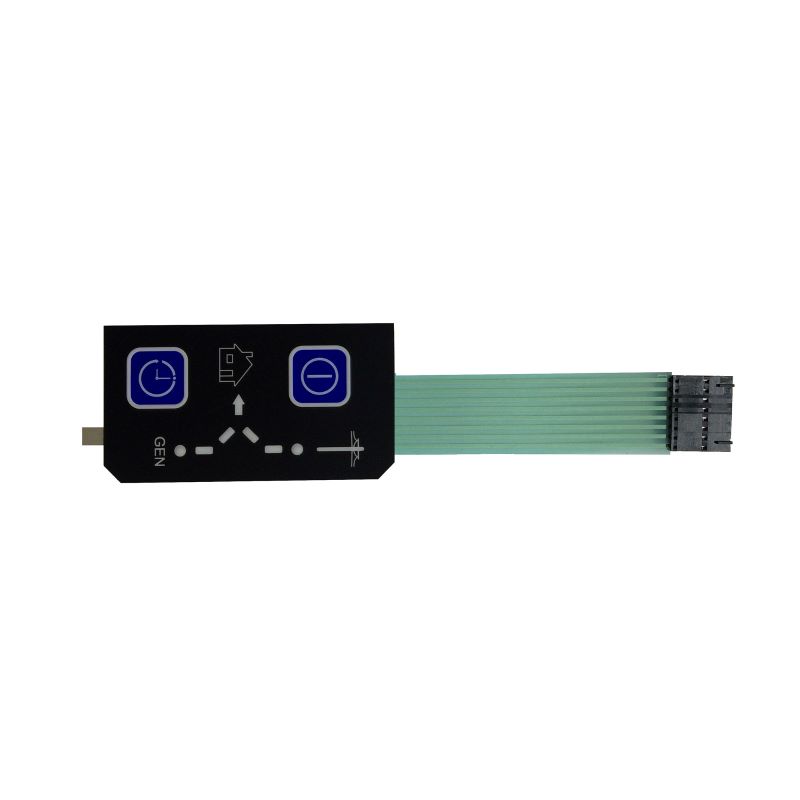Shielded circuit control panels play a crucial role in the performance and safety of medical devices. These panels are designed to protect sensitive electronic components from electromagnetic interference (EMI) and ensure that medical equipment operates accurately and reliably. However, even with advanced shielding, performance issues can still arise. Here’s a comprehensive guide to identifying and resolving common performance problems with shielded circuit control panels in medical devices.
Understanding Shielded Circuit Control Panels
Before diving into troubleshooting, it’s essential to understand the purpose of shielded circuit control panels. These panels are engineered to block or mitigate electromagnetic interference from external sources, such as other electronic devices or power lines, which can disrupt the functioning of medical equipment. Proper shielding ensures that the device’s signals remain clear and that its operation is not compromised by external noise.
Common Performance Problems and Solutions
1. Electromagnetic Interference (EMI)
- Problem: Despite shielding, the control panel is still experiencing interference, leading to inaccurate readings or malfunctions in the medical device.
- Solution: Check the integrity of the shielded enclosure. Ensure that all seams, joints, and openings are properly sealed and that the shielding material is in good condition. If gaps or weak points are found, repair or reinforce these areas to enhance protection against EMI. Additionally, verify that grounding is properly implemented, as poor grounding can compromise the effectiveness of the shielding.
2. Signal Attenuation
- Problem: Signals are weakened as they pass through the shielded control panel, leading to poor device performance.
- Solution: Inspect the cabling and connectors within the shielded control panel. High-quality shielded cables should be used, and connectors should be tightly secured to prevent signal loss. If necessary, upgrade to cables with better shielding capabilities or consider rerouting cables to minimize the length of signal paths.
3. Temperature Fluctuations
- Problem: The control panel overheats or experiences temperature fluctuations, affecting the performance of the medical device.
- Solution: Ensure that the control panel has adequate ventilation and that any cooling systems are functioning correctly. Shielding materials can sometimes trap heat, so it’s essential to monitor the temperature within the enclosure. If overheating is a recurring issue, consider installing additional cooling solutions, such as heat sinks or fans, to maintain a stable operating temperature.
4. Ground Loops
- Problem: Ground loops are causing interference within the control panel, leading to noise in the signals and erratic device behavior.
- Solution: Ground loops occur when there are multiple grounding paths within the system, creating a loop that picks up and amplifies interference. To resolve this, ensure that the control panel and all connected components have a single, common ground point. Eliminate any additional grounding paths that could create loops.
5. Component Failure
- Problem: Individual components within the shielded control panel are failing, leading to device malfunction or shutdown.
- Solution: Regularly inspect and test the components within the control panel, such as capacitors, resistors, and integrated circuits. Over time, components may degrade or fail due to environmental factors or electrical stress. Replace any faulty components immediately and consider upgrading to more robust components if failures are frequent.
Preventive Measures
To minimize the risk of performance problems, it’s essential to implement preventive measures during the design and maintenance stages:
- Regular Inspections: Schedule regular inspections of the shielded control panels to identify and address potential issues before they lead to device malfunctions.
- Proper Installation: Ensure that the control panels are installed correctly, with all shielding, grounding, and cooling systems functioning as intended.
- Environmental Controls: Maintain a stable, controlled environment for the medical devices, free from excessive electromagnetic interference, temperature fluctuations, and humidity.
Conclusion
Shielded circuit control panels are vital to the safe and effective operation of medical devices, but performance problems can arise if they are not properly maintained. By understanding common issues such as EMI, signal attenuation, and temperature fluctuations, and implementing the appropriate solutions, you can ensure that your medical equipment continues to operate reliably. Regular maintenance and vigilance are key to preventing these problems and keeping your medical devices in top condition.

